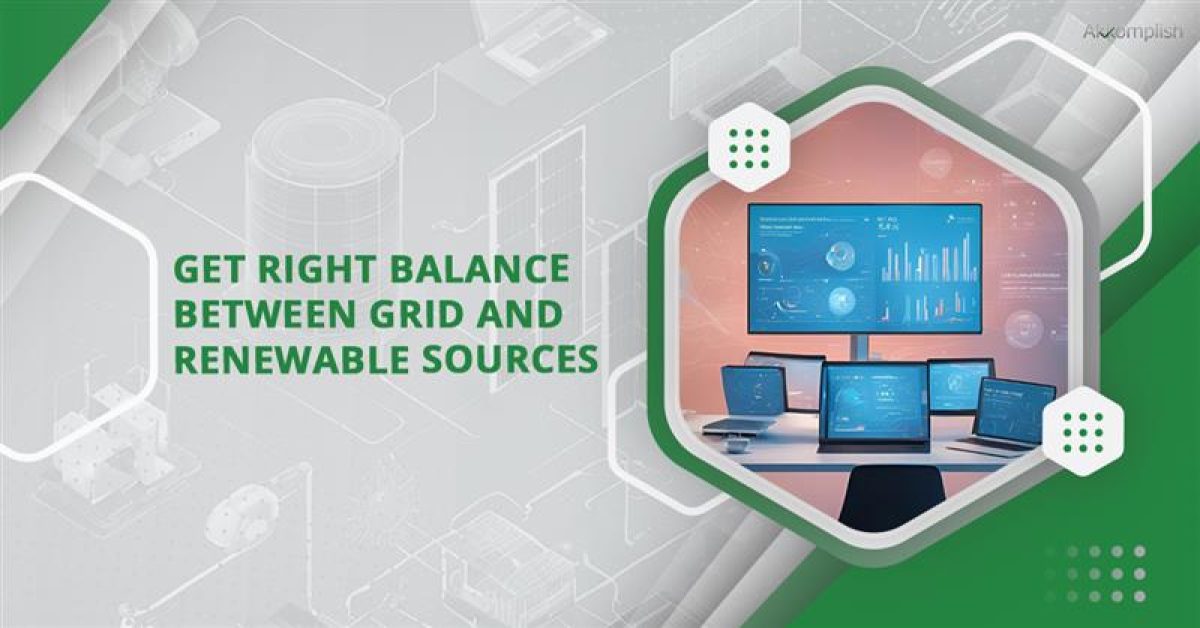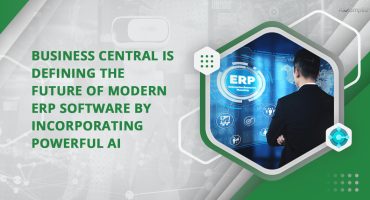AI dynamically balances the consumption of energy between solar power and grid electricity. By analyzing factors like the generation forecast of solar energy, grid power rates, and real-time consumption patterns, AI optimizes energy usage cost-effectively and efficiently. This capability minimizes expensive grid power usage during peak hours and maximizes the use of available renewable energy sources.
Despite its potential, the adoption of AI for power optimization faces challenges such as:
High Initial Investment Costs: The integration of systems with AI is prohibitively costly, especially for SMEs.
Data Silos: Data is another challenge, with data in most cases fragmented and stored in an isolated manner which makes building full analytics impossible. Lack of historical data is a common problem; this limits the possibility of building ML models.
Skill Gaps: Skilled professionals are badly needed to manage and operate the AI-driven systems.





